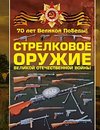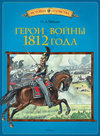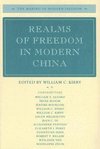
1799 in Europe
Source: Wikipedia. Pages: 31. Chapters: 1799 in Austria, 1799 in Denmark, 1799 in England, 1799 in France, 1799 in Germany, 1799 in Great Britain, 1799 in Ireland, 1799 in Italy, 1799 in Norway, 1799 in Wales, Quasi-War, Battle of Bergen, Battle of Trebbia,... Viac o knihe
Produkt je dočasne nedostupný
14.17 €
bežná cena: 16.10 €
O knihe
Source: Wikipedia. Pages: 31. Chapters: 1799 in Austria, 1799 in Denmark, 1799 in England, 1799 in France, 1799 in Germany, 1799 in Great Britain, 1799 in Ireland, 1799 in Italy, 1799 in Norway, 1799 in Wales, Quasi-War, Battle of Bergen, Battle of Trebbia, Battle of Novi, Battle of Ostrach, Battle of Stockach, Battle of Callantsoog, Battle of Alkmaar, Battle of Krabbendam, Campaigns of 1799 in the French Revolutionary Wars, Siege of Acre, First Battle of Zurich, 18 Brumaire, 1799 English cricket season, Siege of Mantua, Battle of Cassano, Siege of Jaffa, Battle of Abukir, Battle of Castricum, Second Battle of Zurich, Siege of El Arish, Battle of Mount Tabor, Coup of 30 Prairial Year VII, Combination Act, Law of Hostages, Habeas Corpus Suspension Act 1799. Excerpt: The Battle of Ostrach, also called the Battle by Ostrach, occurred on 20-21 March 1799. It was the first battle of the War of the Second Coalition. The battle resulted in the victory of the Austrian forces, under the command of Archduke Charles, over the French forces, commanded by Jean Baptiste Jourdan. The battle occurred during Holy Week, 1799, amid rain and dense fog. Initially, the French were able to take, and hold, Ostrach and the nearby hamlet of Hoßkirch plus several strategic points on the Ostrach marsh. As the engagement began, Habsburg numerical superiority overwhelmed French defenses. By evening, the French left wing was flanked and Jourdan's men retreated from Ostrach to the Pfullendorf heights. On the next morning, as Jourdan considered a counter-attack, the weather broke, and he could look down on the Austrian battle array. The numbers and dispositions of the Austrians convinced him that any attack would be useless, and that he could not hope to maintain his position in the heights. As he withdrew, a portion of his right flank was cut off from the main force. Although casualties appeared even on both sides, the Austrians had a significantly larger fighting force, both on the field at Ostrach, and stretched along a line between Lake Constance and Ulm. French casualties amounted to eight percent of the force and Austrian, approximately four percent. The French withdrew to Engen and Stockach, where a few days later the armies engaged again, this time with greater losses on both sides, and a decisive Austrian victory. Initially, the rulers of Europe, such as Joseph II, Holy Roman Emperor, viewed the revolution in France as an event between the French king and his subjects, and not something in which they should interfere. As the rhetoric grew more strident, however, the other monarchies started to view events with alarm. In 1790, Leopold succeeded his brother Joseph as emperor and by 1791, he considered the situation surrounding his sister, Marie Antoine
- Vydavateľstvo: Books LLC, Reference Series
- Formát: Paperback
- Jazyk:
- ISBN: 9781157733744

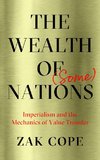
 Anglický jazyk
Anglický jazyk 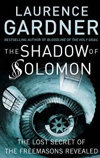


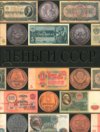
 Ruský jazyk
Ruský jazyk 
